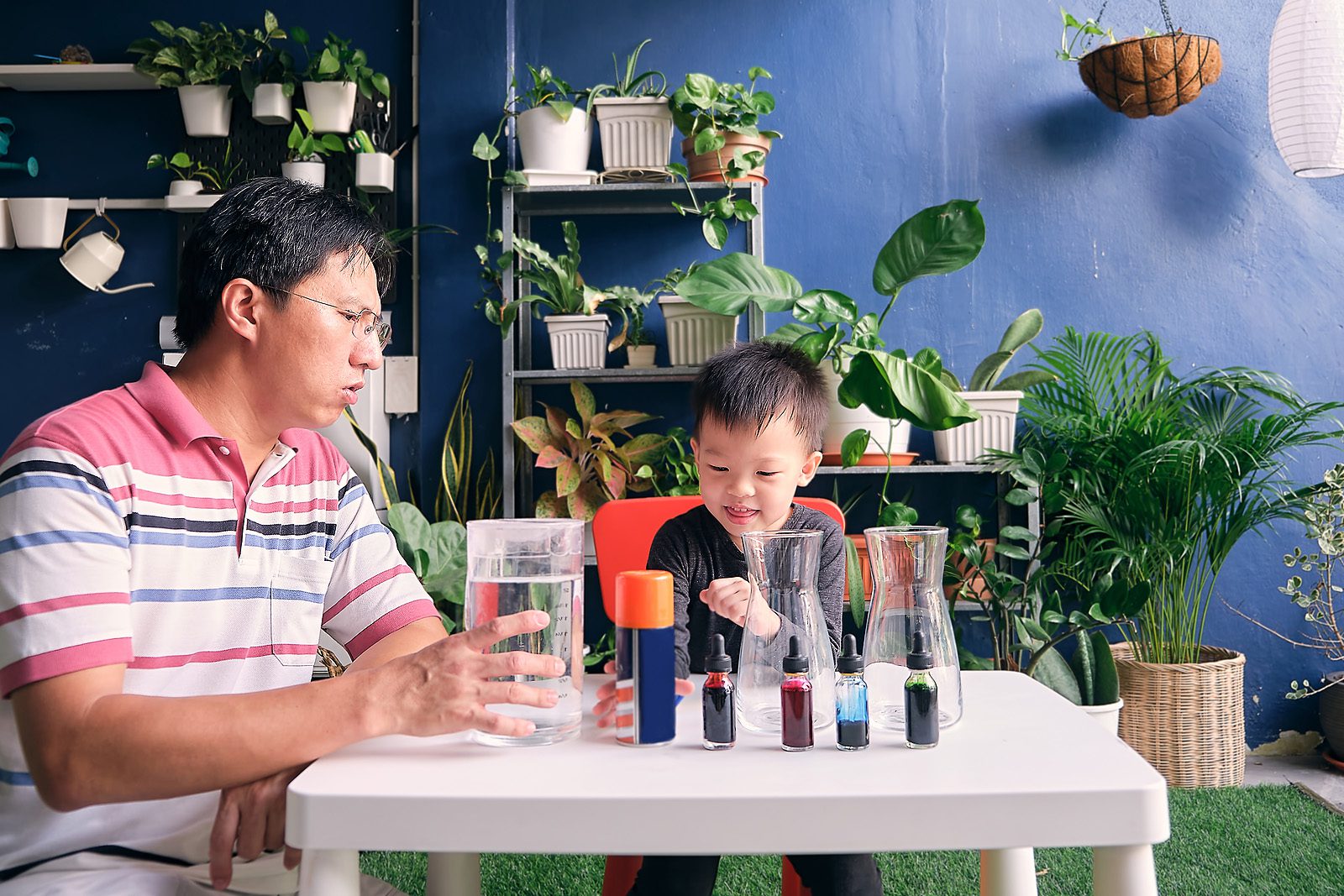
Fun Science Experiments to Do at Home
With many children still participating in e-learning, it’s important to keep education fun and exciting. Sitting in front of a computer screen might allow for specific pieces of information to be relayed, but younger children need sensory stimulation to properly develop and retain what they’re learning. In addition to reading your children stories or participating in family reading time, consider spicing up a few other subjects. It may be difficult for subjects like math, but science is easy and affordable to make fun. In fact, there are plenty of things that you can do to help spice up mundane routines in the comfort of your own home. To help you supplement in-remote learning, here are 8 fun science experiments to do at home, plus resources for many more!
Create a Tornado in a Bottle
One of the easiest at-home experiments you can conduct is creating a tornado in a bottle. All you need to do this is two bottles, a tube, and some water. Fill the bottles with some water and connect them together with the tube. Then, simply swirl the bottles to create a vortex. Get creative with glitter, food dye, or anything else you can think of and watch how the tornado changes.
Make Gooey Slime to Play With
This experiment is one that children will remember for years. Create a mixture of glue, water, and food coloring and then slowly add Borax until you reach a gooey slime consistency. The Borax reacts to the molecules in the glue to create a slime that’ll give you hours of fun.
Then Move on to Frozen Slime
Frozen slime is made by mixing glitter glue with room temperature water and adding to a glass. In a separate container, Borax and warm water is mixed together (by an adult). Next, slowly pour the Borax and water mixture into the glue and water mixture and stir. The result is “frozen” glitter slime.
Not a Fan? How About Fluffy Slime?
If you’re looking for a fluffier, non-frozen version of the infamous slime recipe, add together shaving cream, baking soda, white school glue, food coloring, and saline solution made for contact lenses. Get the full recipe and instructions here.
Make Your Very Own Lava Lamp
Everyone loves a lava lamp, but no one loves the price. Create your own using Alka-Seltzer, oil, water, and food coloring. The oil and water will never mix, but the active ingredient in Alka-Seltzer causes gas filled droplets to rise, release air, and return to the bottom of the container.
Experiment with Instant Ice
Ice is simply water at a lower temperature, so how can you create instant ice without flash freezing? By using purified water! Purified water isn’t loaded with particles that enable the formation of ice, so it can be manipulated more easily. Simply put a bottle of purified water into the freezer for a few hours and then pour it onto a block of ice and watch the purified water particles react and instantly freeze.
Then Compare with Hot Ice
After making instant ice, try your hand at “hot” ice. Hot ice is made using 4 cups of vinegar and 4 cups of baking soda. The baking soda is slowly added to the vinegar to create the foaming reaction often seen in volcanic explosion experiments (discussed below). However, with the hot ice, you slowly mix the concoction together until the baking soda dissolves and stops fizzing. Then, boil the mixture for a little over an hour (adult supervision required). Once you see white powdery crystals forming, you’re on the right track. Next, pour the concentrated sodium acetate mixture (liquid) into a glass cup and place it into the fridge to cool. Save some of the powdered byproduct. About 45 minutes later, the solution will be cool enough to turn into ice. Slowly pour it over the powder solution and you’ll begin to see crystallizations form that mimics ice. The slower you pour, the taller it can get! This experiment can be a little more complicated, so follow the instructions carefully.
Recreate a (Safe) Volcanic Explosion
One of the most traditional science experiments to do at home is also one of the most fun. Experiment with the chemical reaction between baking soda and vinegar to create an exciting, eye catching volcanic explosion for your kids.
Keep the Fun Going
If you’ve worked through this list and still want more, there are plenty of amazing resources online that can help you take your experiments to the next level. Try out 50 experiments for 50 days, browse more science experiments for any age, and make the most out of ingredients you already have in your home.
Learning at home doesn’t have to mean sitting in front of a computer for hours on end. By incorporating a few household objects, you can supplement your child’s e-learning with hands-on and memorable science experiments to do at home. For those looking for a safe, conducive environment to learn, A Child’s Place at The Ranches is open and operating. We’re taking measures to ensure that all parents and students are safe and social distancing is observed when possible. To learn more about our day care and preschool, contact us at 480-907-7590 today.


